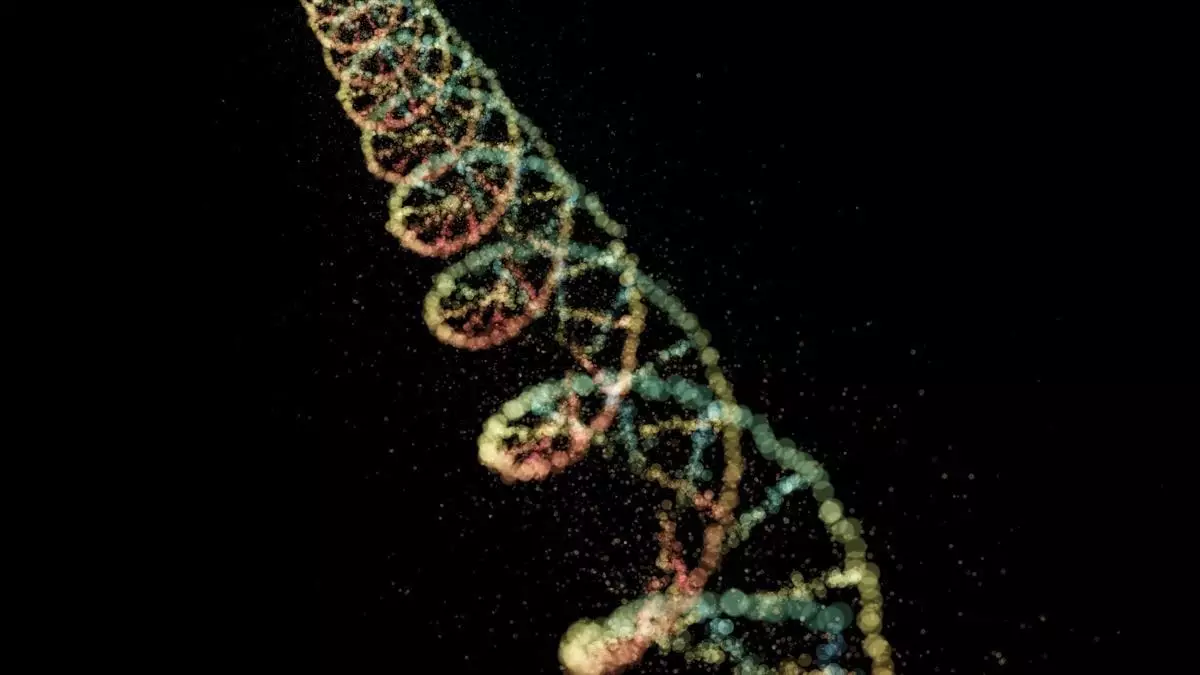Aging is a complex biological process characterized by the gradual decline of physiological function and an increased susceptibility to diseases. Recent research has provided deeper insights into this intricate phenomenon, particularly by investigating how genetic mutations intersect with epigenetic clocks to shape biological aging. This article delves into the implications of these findings, evaluating both their significance and the questions they raise regarding the mechanisms underlying aging.
The traditional understanding of aging has largely focused on the accumulation of genetic mutations over time. These mutations can result from a variety of factors, including environmental stressors and intrinsic cellular processes. They can lead to age-related diseases such as cancer, where genetic alterations destabilize normal cellular functions. Concurrently, epigenetic changes—modifications that regulate gene expression without altering the DNA sequence—remain a pivotal aspect of aging research. These alterations are often tracked through the use of “epigenetic clocks,” which utilize specific DNA markers to estimate biological age.
A recent study has drawn attention to a potential bidirectional relationship between genetic mutations and epigenetic modifications. This relationship suggests that while mutations may influence epigenetic changes, the reverse could also be true, leading to a complex interplay that drives biological aging. The implications of this relationship are profound, challenging existing paradigms about the aging process itself and underscoring the need for more nuanced research.
The study published in Nature Aging on January 13 revealed a significant correlation between random genetic mutations and the subsequent epigenetic changes that contribute to aging. Researchers observed that specific DNA mutations could lead to distinct alterations in epigenetic markers, which in turn affect cellular behavior across the genome. Additionally, these findings indicated a marked loss of DNA methylation at sites of mutation, while adjacent regions experienced increased methylation. This unexpected ripple effect raises critical questions about whether the observed epigenetic changes are merely passive responses to genetic mutations or if they actively contribute to the aging process.
Dr. Steven Cummings, one of the study’s leading researchers, emphasized that understanding this correlation is vital for advancing longevity research. Moreover, Professor Trey Ideker highlighted that the scope of mutation-induced changes extended far beyond immediate loci, suggesting a widespread genomic influence that is not fully understood.
The insights gleaned from this research could significantly impact the future landscape of aging studies. If genetic mutations are confirmed to be primary drivers of biological aging, the approach to anti-aging strategies will require reevaluation. Currently, many interventions focus on reversing epigenetic changes, which are generally considered less complex; however, targeting the underlying mutations would pose substantially greater challenges. The necessity for innovative therapeutic avenues that address the dual nature of these factors is paramount.
Furthermore, it is crucial to recognize that the data underlying these conclusions were primarily sourced from cancer patients, necessitating additional investigations into non-cancerous tissues. Understanding whether similar genetic changes manifest in healthy individuals is a critical next step. Longitudinal studies could provide invaluable data to illustrate how both genetic and epigenetic alterations unfold over time, thereby yielding a clearer picture of their interrelations in the context of healthy aging.
To expand upon these findings, future investigations may incorporate experimental models where researchers induce specific mutations in controlled cellular environments. By observing the consequent epigenetic modifications, scientists can elucidate the mechanisms that underpin this intricate relationship. Moreover, integrating diverse methodologies—including genomic, epigenomic, and transcriptomic analyses—will be necessary to capture the multifaceted nature of biological aging.
As the scientific community continues to unravel the complexities of aging, a better understanding of both genetic and epigenetic contributions will be crucial. This body of research not only expands the foundational knowledge regarding aging mechanisms but also opens new avenues for interventions that could enhance longevity and health in aging populations. The intricate interconnections between genetic alterations and epigenetic changes represent a promising frontier that warrants further exploration in the quest to comprehend and potentially mitigate the aging process.

Leave a Reply